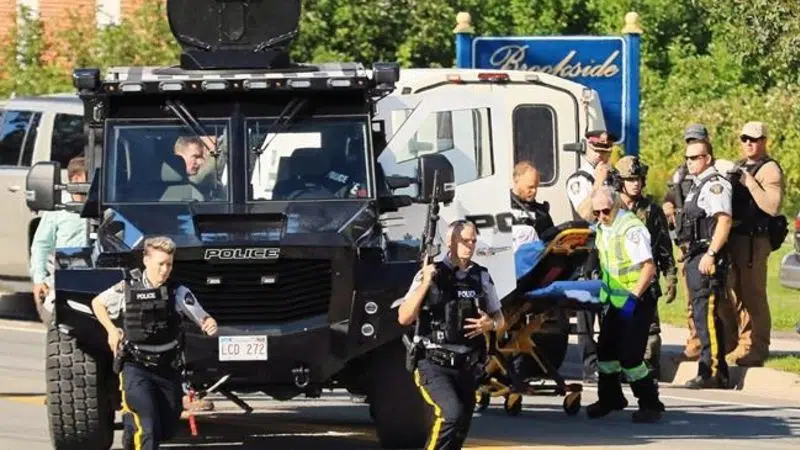
‘Militarizing our police force.’ Halifax approves $500,000 armoured vehicle
HALIFAX — Police in Halifax are wading into the growing national debate over militarization of police forces, having won approval to buy a $500,000 “armoured rescue vehicle” equipped with a rotating roof hatch, eight gun ports and a powered battering ram.
Halifax Coun. Shawn Cleary voted against the pending purchase, saying the brawny, 8,000-kilogram vehicle will project the wrong image for a police force that is trying to repair its image.
He says he’s not opposed to police having some sort of rescue vehicle, but the one that appears to be the preferred option is overkill.


